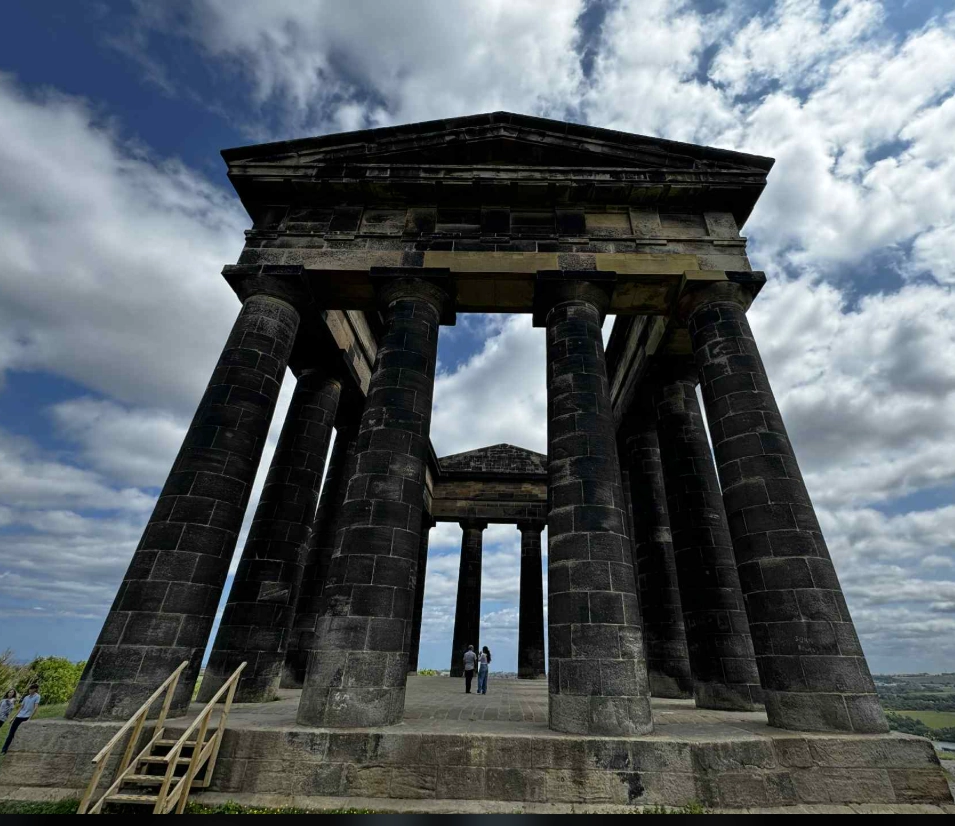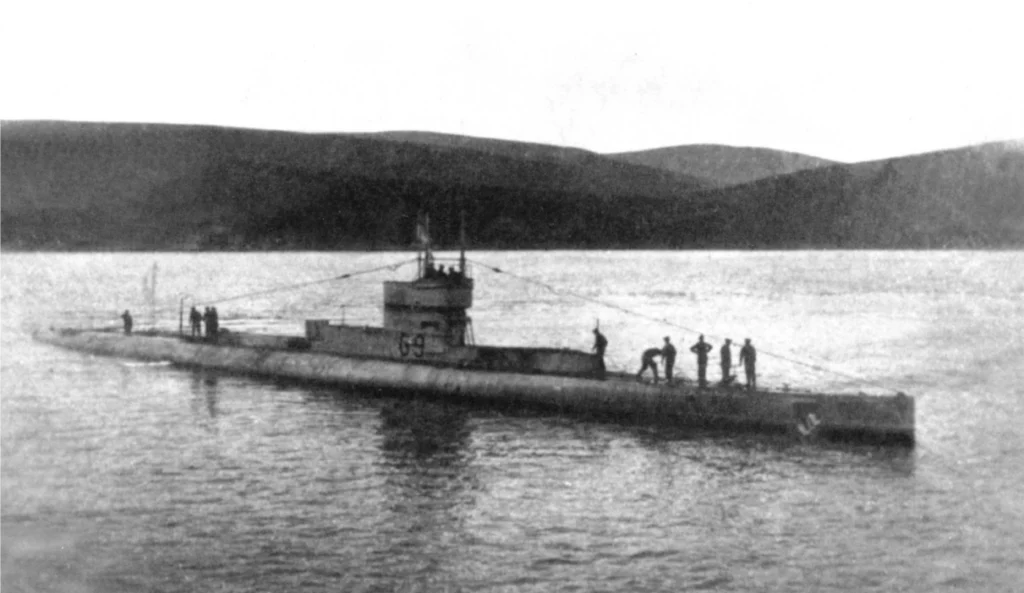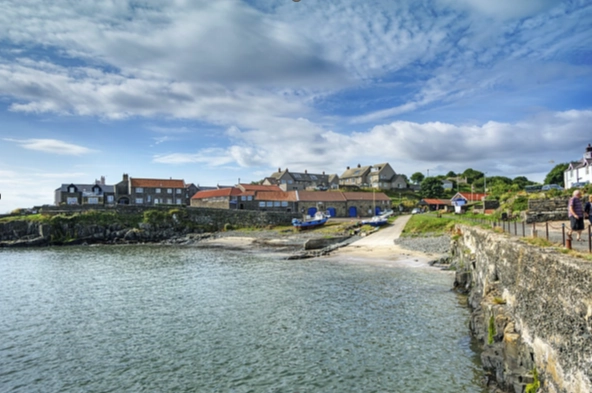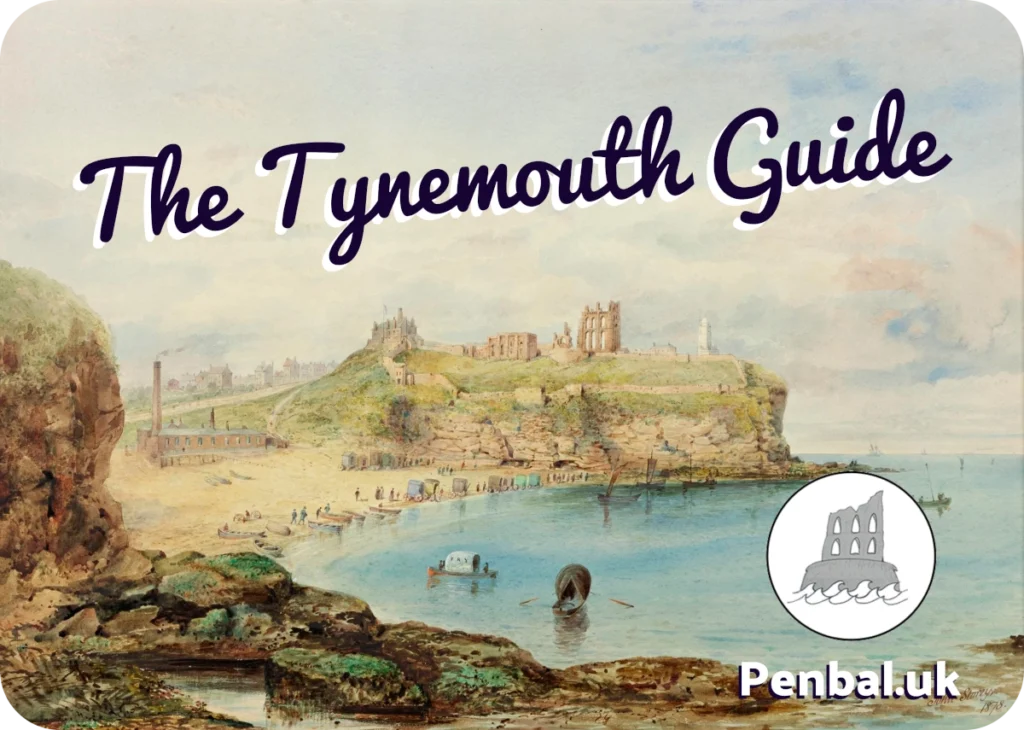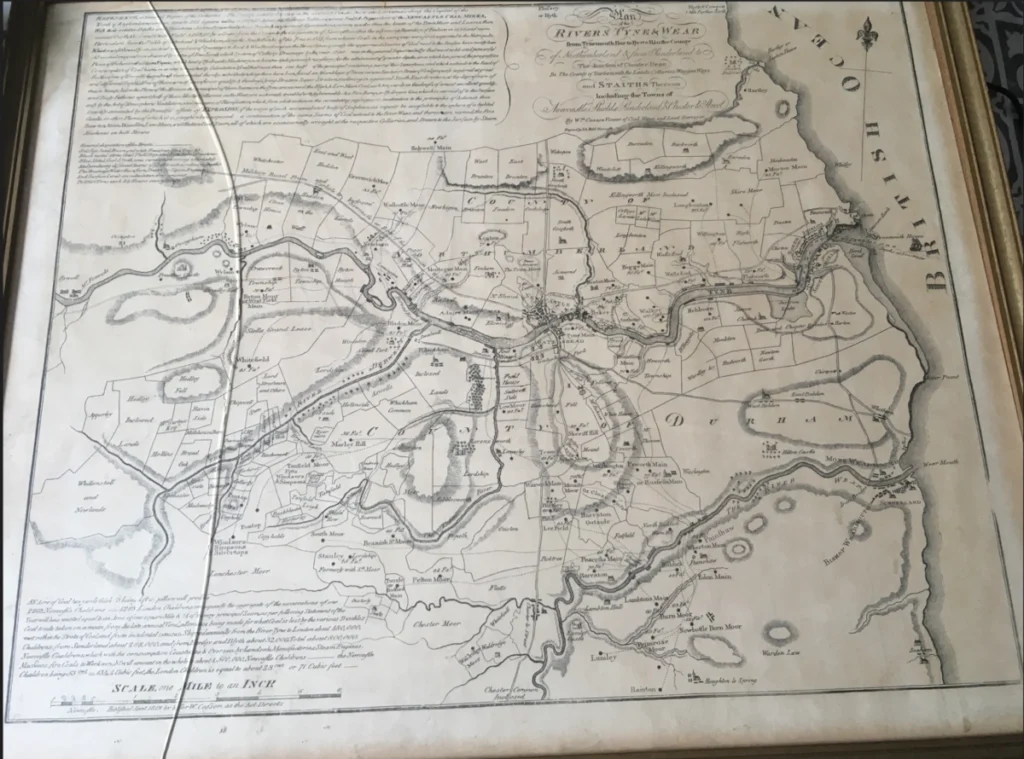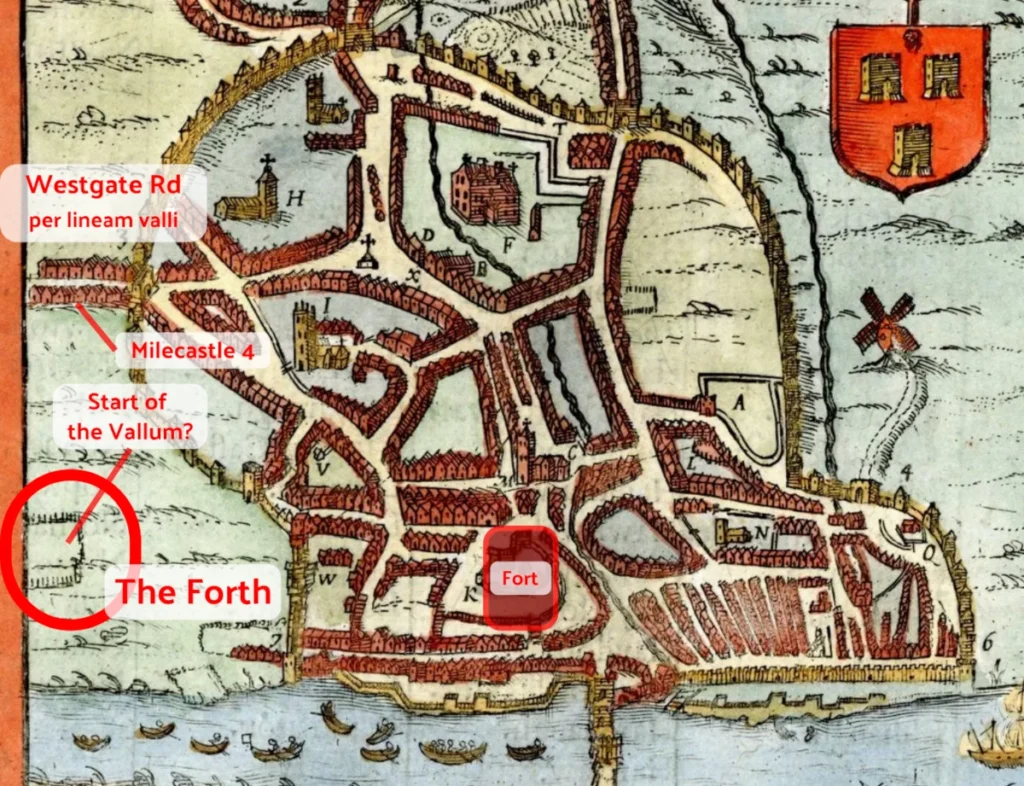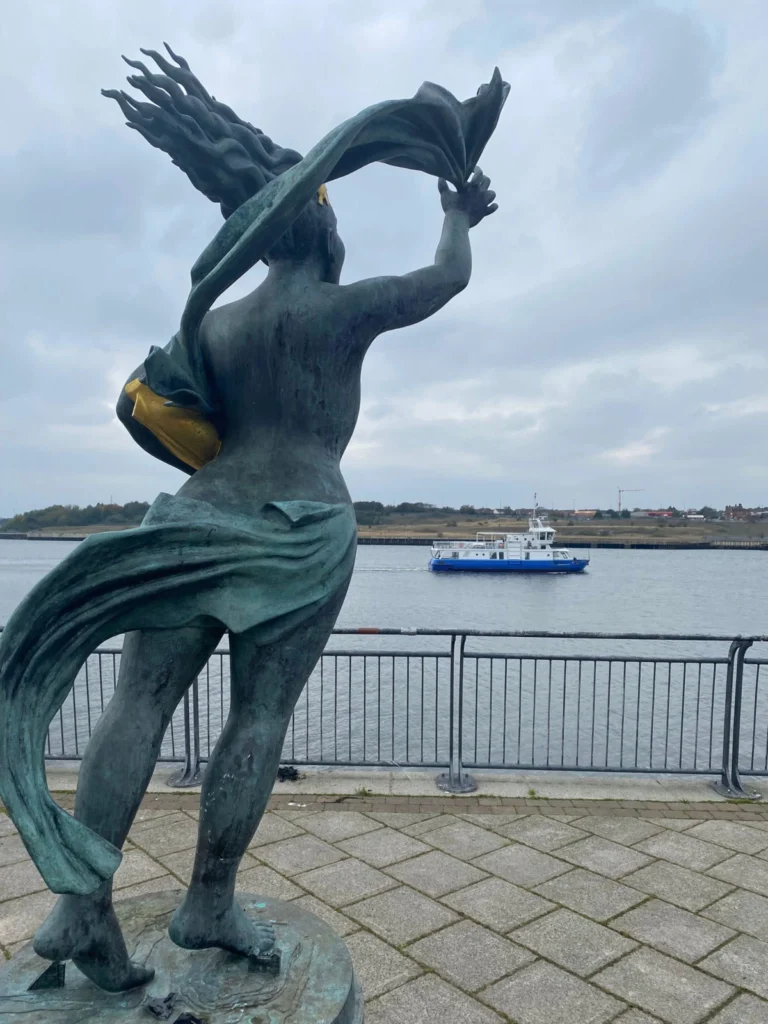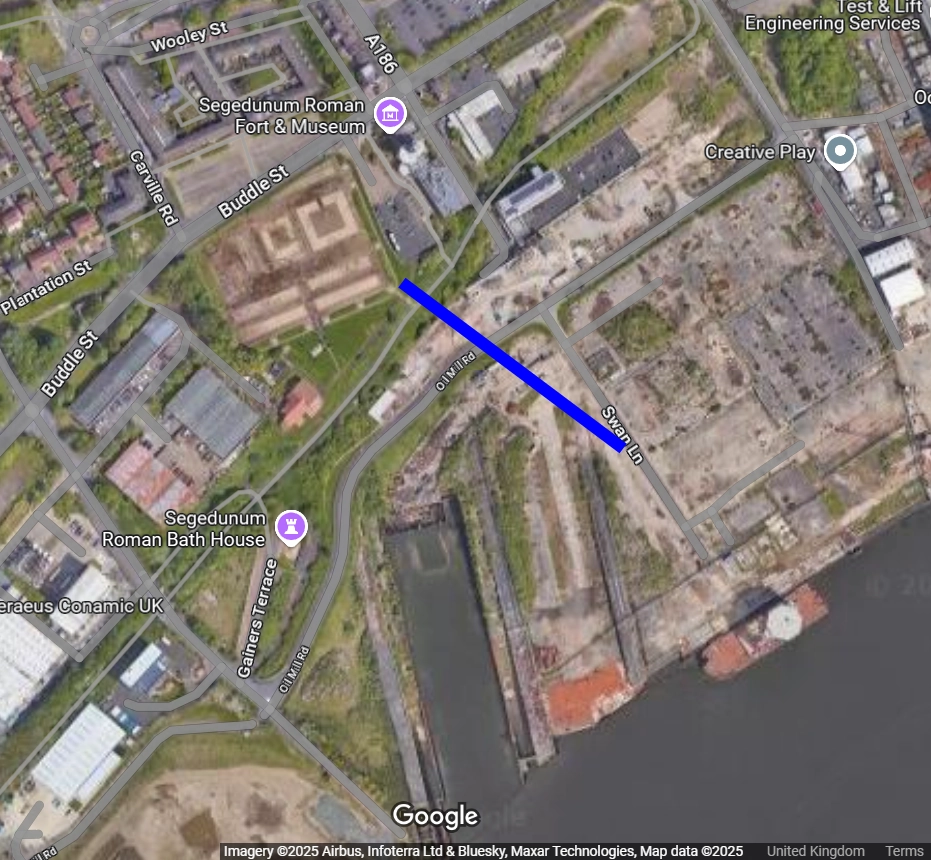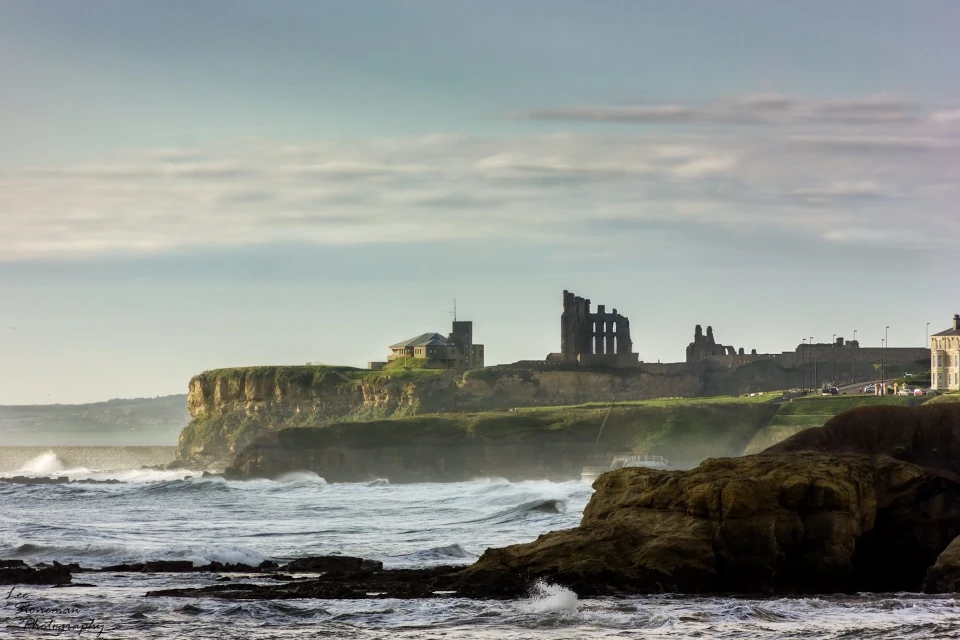Read PenBal History Posts from 2022-2024 here.
The Stanegate Roman Road
By Crasterfarian
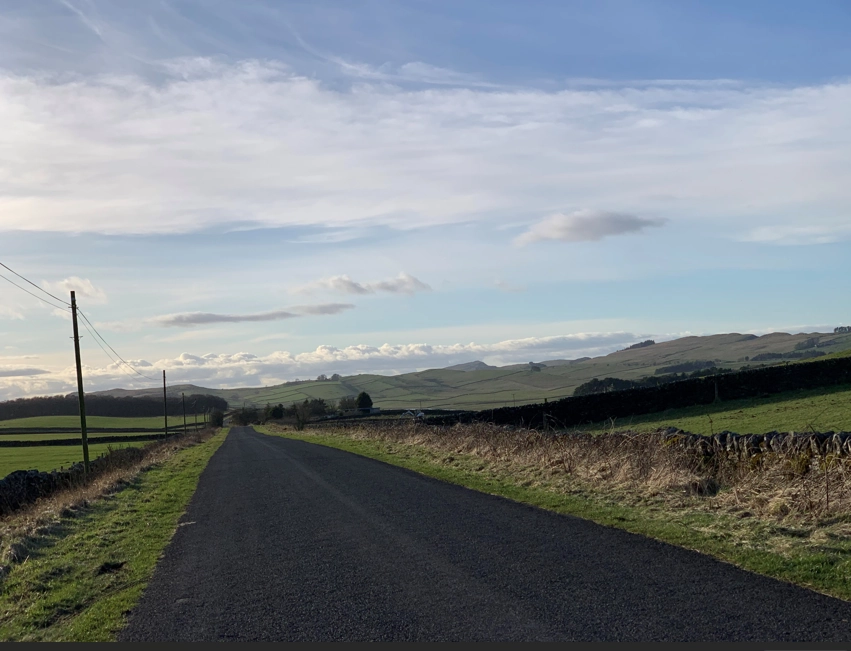
This site has many posts about various Roman remains in Northumberland. I think its important to help put some of this into context within the province of Britannia and us unruly Northumbrian radgies.
Submarine G11 Wreck, Howick
By Crasterfarian
In the last post we looked at the tragic wreck of the Tadorne, a trawler that succumbed to the rocks of Howick in thick fog. This story bears an uncanny similarity, only 5 years later.
The Wreck of the Tadorne
By Crasterfarian
The boiler and some of the ship’s lower platework is all that physically remains of a tragedy that fate played out here, in the early morning of 29th March 1913.
Craster, A Brief History
By Crasterfarian
The harbour itself is the heart of the village. It is the hub around which the growth of Craster has taken place. Although a place of relative tranquillity now, the harbour hides a very busy past.
The True Story of the Backworth Hoard: A Family Legacy from Earsdon
By Danny Sanderson
The story you’ll find in official records credits the find to around 1812, vaguely linked to the Backworth area. But in my family, the story has always been different. This is our version. The real version.
The Banna Theory: Arthur, the Last Roman Warlord
By Crasterfarian
What if Banna wasn’t just a backwater relic of empire, slowly corroding back into the Northumbrian countryside? What if it became the cradle of a legend?
A Theory: Oswald, Heavenfield and Lessons from Early History
By Crasterfarian
Was Heavenfield the Northumbrian Thermopylae?
Milecastle 4 And The Gate That Never Was
By Crasterfarian
The following theory challenges the initial identification of Roman rubble found on Pilgrim Street, anhd instead proposes that these remains are part of a reused gateway built into the extension of Hadrian’s Wall to Segedunum.
Plan of the Rivers Tyne & Wear — Casson’s Map of 1801
This document is a survey of the coalfields of the rivers Tyne and Wear in 1801. The map also shows the major towns and rivers at the time, as well as important infrastructure such as waggonways and staithes.
Is This The Start of the Vallum in Newcastle?
The oldest map of the town might provide a clue to this mystery…

Possible Roman Navigation Features at The Mouth of The River Tyne
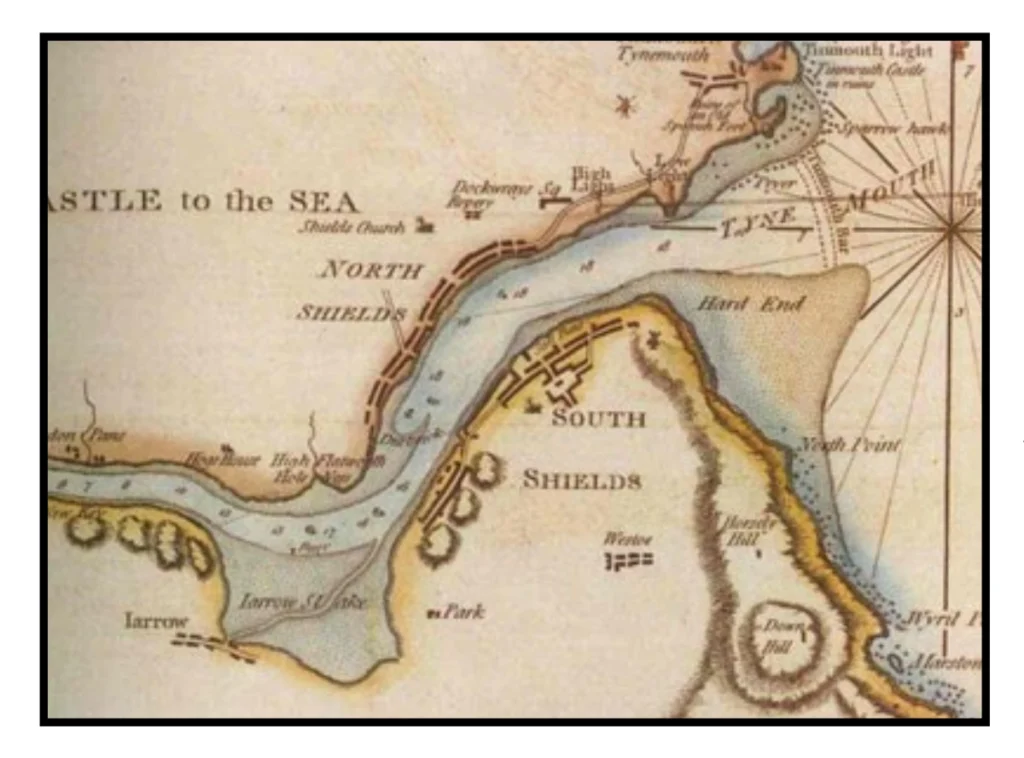
By William Trow
“The following text explains my idea, from evidence found, how the Romans could have created a permanent high tide allowing navigation up to Newburn or Wylam at all times.”
The Lost Waterway of South Shields: Mill Dam Creek
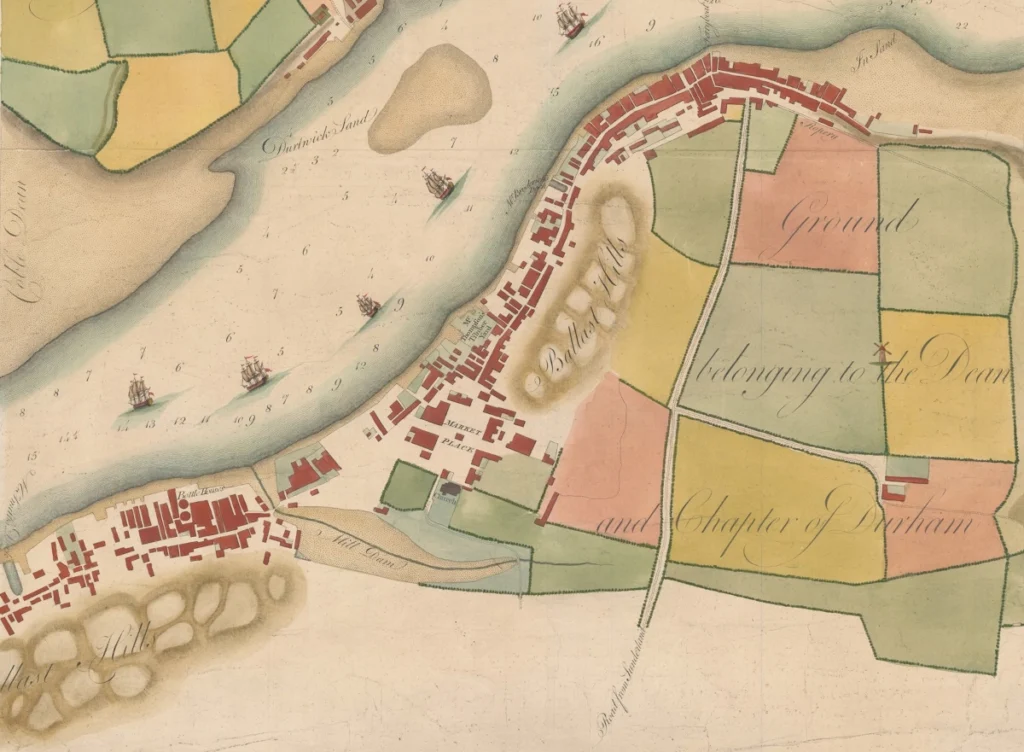
The channel played a vital role in the development of the town both as a waterway and a habour, and once it was dammed with ballast, the Mill Dam formed a bridge between the north and south reaches of the early town that clung to the riverside and clustered around the Market Square.
The Roman Remains That Were Lost Under Swan Hunter
“Just imagine witnessing the first work to build the slipway in 1903. It must have been like one massive uncontrolled archaeological dig, with all sorts of objects being pulled from the mud. Somewhere down there may even be the statue of Hadrian…”
Hot off the press…
Buy it here for £2.50: penbal.uk/product/the-tynemouth-guide/





